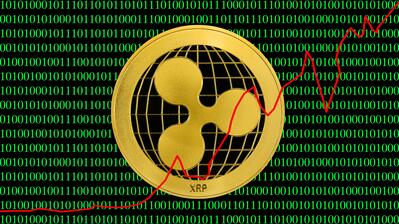Trump Signals Global Tariff Push — Will Impose Uniform Rate on Nations Without Deals

TradingKey - U.S. President Donald Trump said Monday, during a joint press conference in Turnberry, Scotland with British Prime Minister Keir Starmer, that he “very likely” will impose a uniform 15% to 20% import tariff on all countries that have not signed bilateral trade agreements with the United States by August 1.
“For the world, I think it’s going to be around 15% to 20%… I’m just being ‘nice,’” Trump said, adding that he is leaning toward setting the final rate at either 15% or 20%. This would represent a significant increase from the previously floated 10% baseline tariff, signaling a new phase of aggressive economic pressure on global trading partners.
Trump explained that the U.S. will not negotiate individual deals with over 200 countries, and therefore will set a single tariff threshold for the “rest of the world”: “If you want to do business with the United States, you have to meet this condition.” The policy is designed to accelerate bilateral negotiations while protecting domestic manufacturing and jobs.
The timing of the announcement is critical — with only days remaining before the August 1 deadline. In recent weeks, the U.S. has already imposed 15% tariffs on Japanese and most European goods, underscoring its increasingly hardline trade stance.
Analysts note that a 15%-20% rate is close to existing U.S. tariff levels with some partners. While the uniform approach could simplify enforcement, it also risks triggering broad retaliatory measures and intensifying global trade tensions.
Though Trump insists the policy “helps American workers,” critics warn that high tariffs could drive up consumer prices, disrupt supply chains, and weaken U.S. competitiveness in global industrial networks.
Additionally, Trump revealed that the U.S. will “soon announce” a new tariff plan targeting pharmaceutical imports, aimed at incentivizing drug manufacturing to return to American soil. However, he emphasized that the U.S. would not use drug tariffs to block the UK. The comment signals a differentiated approach toward allies and adds further uncertainty to the trajectory of upcoming trade policy.







